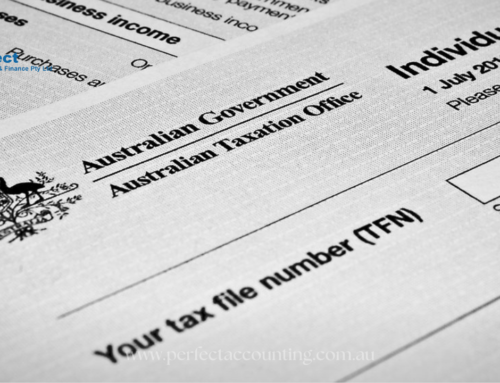Understanding your taxes can feel like trying to learn a new language. If you’re paid every two weeks, you’ve probably heard of the fortnightly tax table. But what is it really? How does it affect your take-home pay? And how can you make sure you’re paying the right amount of tax?
Let’s break it all down — no jargon, no confusion, just straight answers.
What Is a Fortnightly Tax Table?
Put simply, a fortnightly tax table is a chart published by the Australian Taxation Office (ATO). It helps employers figure out how much tax to take out of your fortnightly pay before giving it to you.
If you’re paid every two weeks, your employer uses this table to determine how much PAYG withholding tax should be deducted from your pay.
This system ensures you’re contributing the right amount of tax regularly, rather than getting a surprise bill at the end of the financial year.
Why Is the Fortnightly Tax Table Important?
Let’s say you earn $2,000 every two weeks. Without the fortnightly tax table, your employer would have to guess how much tax to withhold. That’s a risky move — it could leave you owing hundreds or even thousands at tax time.
The tax table takes into account:
-
Your income level
-
Whether you claim the tax-free threshold
-
Any student loans (like HELP/HECS)
-
Other government debts
This ensures the correct amount of tax is withheld.
♂️ A True Story: Meet James
James works in construction and gets paid $1,500 every two weeks. One year, his employer used the wrong tax table and didn’t withhold enough tax. When James lodged his tax return, he was shocked to see he owed over $1,000.
“I thought I was doing everything right,” he said. “But now I’ve got this massive bill I wasn’t expecting.”
Lesson? The right fortnightly tax table matters — a lot.
✅ Step-by-Step Guide to Using the Fortnightly Tax Table
If you’re an employer or payroll officer, here’s how to use the fortnightly tax table correctly.
Step 1: Determine the Employee’s Gross Pay
Start by finding out the gross income (before tax) for the fortnight.
Example: Sarah earns $2,200 per fortnight.
Step 2: Check for Tax-Free Threshold
Ask your employee if they’ve claimed the tax-free threshold. This lets them earn up to $18,200 per year without paying income tax.
Step 3: Look Up the ATO’s Fortnightly Tax Table
Use the official ATO’s fortnightly tax table PDF. Find the range where your employee’s earnings fall.
Step 4: Deduct the Correct Tax
Based on the tax table, deduct the correct amount from their pay.
Example: For Sarah, the tax withheld might be $364 per fortnight.
Step 5: Pay the Remaining Balance
Pay the rest (after-tax pay) to the employee, and remit the tax amount to the ATO.
Who Uses the Fortnightly Tax Table?
-
Small businesses that pay employees bi-weekly
-
Freelancers or contractors calculating their own tax
-
Payroll departments managing multiple staff
-
Bookkeepers and accountants ensuring accurate tax withholding
This table is updated every financial year, so it’s important to always use the latest version.
What If You’re Not Sure You’re Using the Right Table?
Tax rules can get confusing fast — especially when you throw in Medicare levies, student debts, or tax offsets.
That’s why it’s smart to get help from experts.
Why Partner with Perfect Accounting?
If all this sounds overwhelming, don’t worry. That’s where we come in.
Perfect Accounting is a trusted team of professional accounting agents who know the tax system inside and out. Whether you’re an individual trying to make sense of your paycheck or a business owner handling multiple employees, we’ve got your back.
With Perfect Accounting, you get:
-
Accurate and up-to-date payroll processing
-
ATO-compliant tax withholding
-
Support for employees and contractors
-
Year-round tax planning and advice
You can focus on your work — we’ll handle the tax side of things, with confidence and accuracy.
Visit us today to get started or book a free consultation.
Pro Tips for Employees
-
Always check your pay slip to make sure tax is being deducted.
-
Keep track of your earnings and tax withheld — you’ll need it at tax time.
-
Use the ATO’s tax withheld calculator if you’re unsure.
-
Ask your employer or accountant if you’re being taxed correctly.
Conclusion: Make the Fortnightly Tax Table Work for You
Understanding the fortnightly tax table helps you avoid nasty surprises and keeps your finances on track. Whether you’re on the payroll or handling it for others, using the right table ensures fairness, accuracy, and peace of mind.
And if it all still sounds a bit too much?
Let Perfect Accounting handle it for you — professionally, affordably, and with care.
Because when it comes to your money, perfect is the only way to go.







